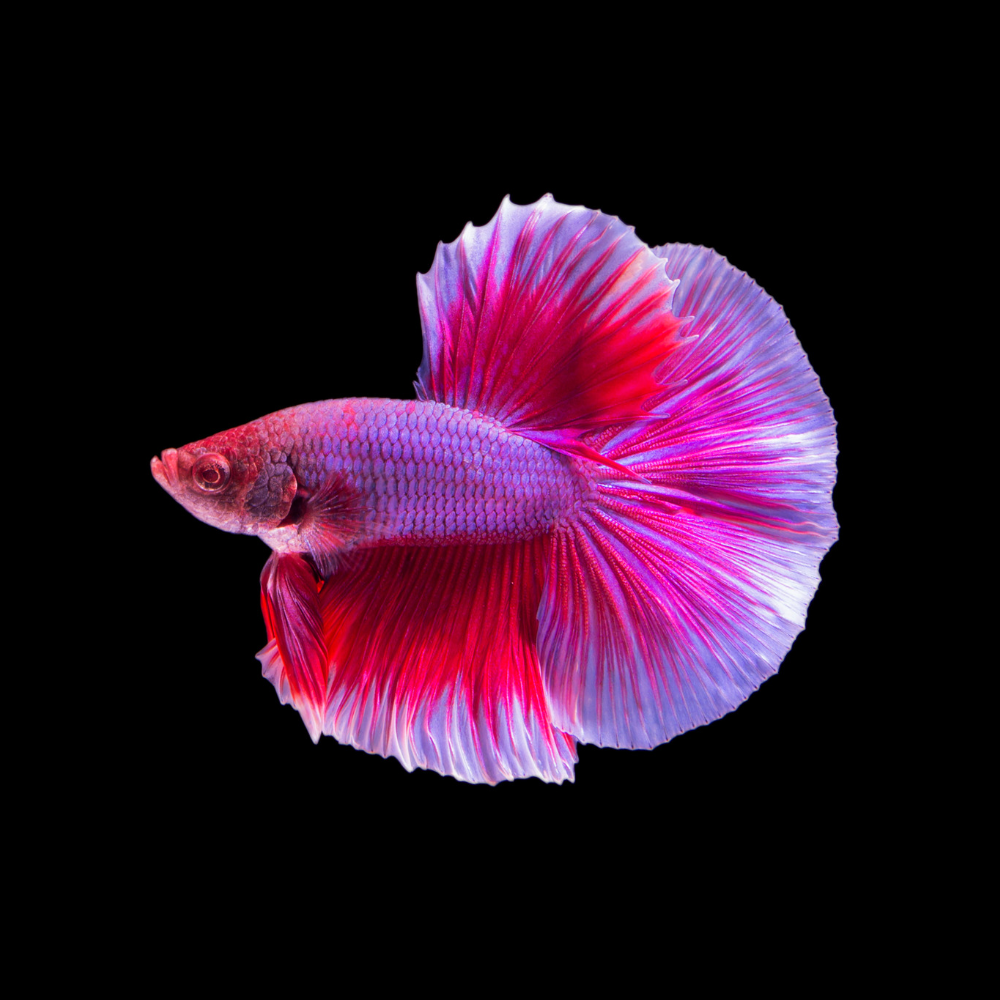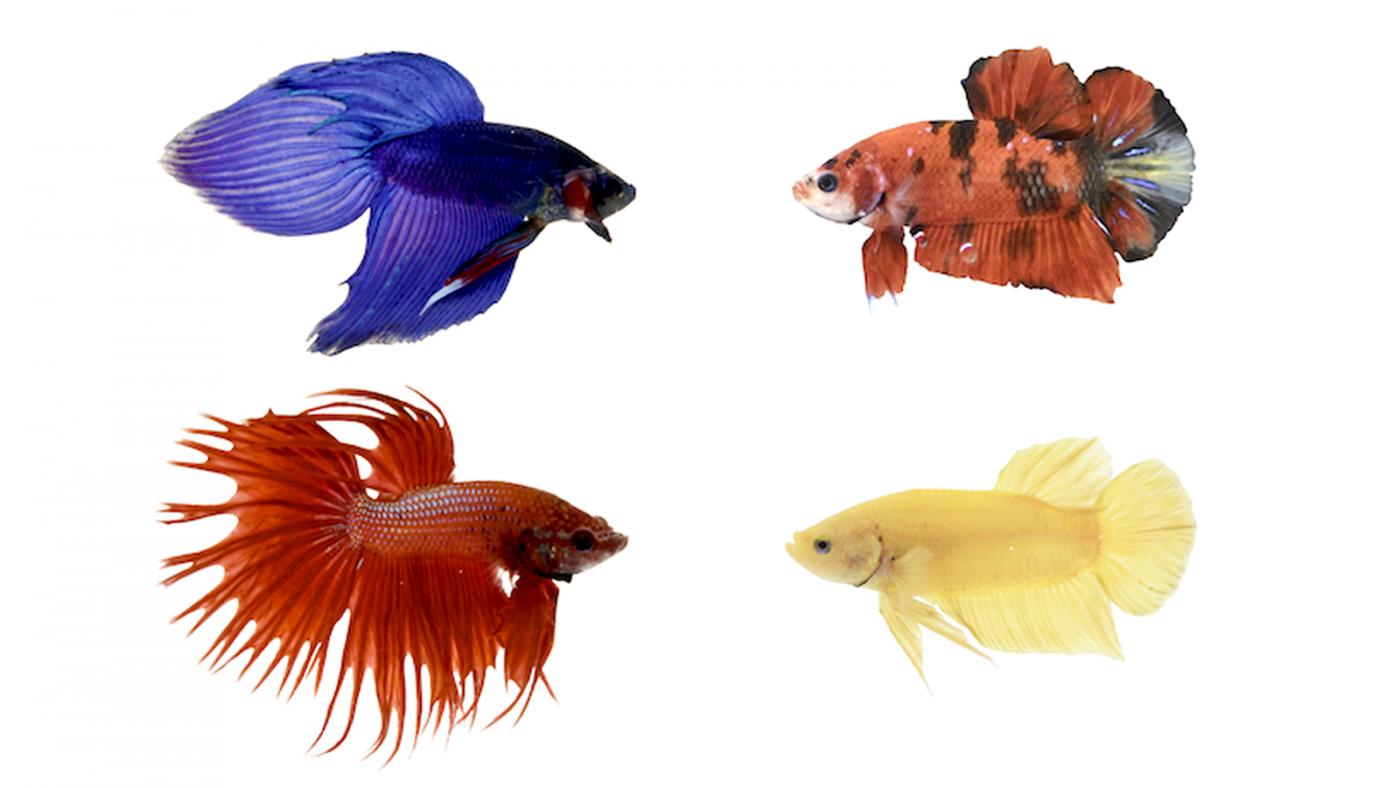Just How to Breed Betta Fish Efficiently: Expert Strategies and Insights for Hobbyists Aiming To Expand Their Betta Collection
Reproducing Betta fish calls for a nuanced understanding of genetics and ecological problems, making it crucial for enthusiasts to approach the procedure with both persistance and treatment. Developing an optimal reproduction environment, picking the ideal sets, and observing the details of their courtship actions are fundamental steps that can significantly impact the outcome. In addition, the succeeding care of the fry is important for guaranteeing their healthy and balanced development. As we explore these key components, it ends up being clear that effective reproduction is not practically the initial pairing but includes a broader technique that values careful factor to consider.
Understanding Betta Fish Genes
Recognizing the genes of Betta fish is essential for successful reproduction, as it influences qualities such as color, fin form, and behavior. Betta fish display a diverse range of colors and patterns, mainly figured out by their hereditary makeup. The main genetics responsible for pigmentation include the "B" genetics for blue, "D" gene for red, and the "C" gene for color intensity. Breeders can control these traits by choosing certain parent fish that show preferred qualities.
Along with pigmentation, fin morphology is another considerable facet of Betta genetics (betta fish). The sizes and shape of fins are affected by different genetics, consisting of those that figure out whether the fins are brief, long, or veil-shaped. Understanding these genetic variants helps breeders forecast the phenotypic outcomes of their offspring
Furthermore, behavioral characteristics such as aggression and territoriality can likewise be influenced by genes. These habits play a crucial duty in the reproducing procedure, as they can influence spawning success and the total character of the resulting fry. By comprehensively understanding these genetic concepts, breeders can make informed choices, inevitably improving their breeding programs and attaining preferable results.
Preparing the Reproduction Environment
Creating an optimum breeding setting is essential for the effective recreation of Betta fish. The initial action in preparing this atmosphere is to pick an appropriate reproduction tank, ideally ranging from 5 to 10 gallons.
Following, think about the usage of a sponge filter or an air stone to offer mild water flow without creating strong currents that can emphasize the fish. It is important to mount plants or reproducing cones to offer hiding places and advertise comfort for the woman throughout the spawning procedure. Drifting plants, such as Java moss or water sprite, can likewise produce a more natural surroundings while helping with bubble nest building by the male.
Before introducing the breeding pairs, make sure the water is conditioned and cost-free from unsafe chemicals, such as chlorine or hefty steels. betta fish. Routine water modifications need to be carried out to maintain optimal water top quality, improving the possibilities of successful reproduction. With these preparations in location, the breeding environment will sustain the health and wellness and well-being of both Betta fish
Picking Reproduction Pairs
Picking the right reproduction sets is essential for accomplishing effective Betta fish recreation. Healthy Betta fish show vivid shades, clear eyes, and energetic habits.
Character is one more crucial factor to consider, as Betta fish are understood for their hostile nature. It is recommended to select a man and lady that display suitable next page temperaments to decrease stress and anxiety during the breeding process. A tranquil male can encourage a smoother courtship, while a female that is as well hostile may interrupt the process.
Hereditary history additionally plays a substantial role in the top quality of the spawn. Breeding fish that are genetically diverse can decrease the risk of genetic health issues and enhance the overall vitality of the fry. It is beneficial to research the family tree of both the male and woman, focusing on preferable traits such as fin kind, color patterns, and dimension.
The Breeding Refine
The reproduction procedure of Betta fish needs cautious planning and focus to detail to guarantee a successful end result. It is crucial to prepare an appropriate reproduction tank, ideally a 5-10 gallon fish tank with a temperature level maintained at 78-80 ° F. The storage tank ought to be equipped with a heating unit, filter (preferably sponge kind to avoid solid currents), and a lot of water plants for the female to hide.
As soon as the environment is set, introduce the selected reproducing pair to the storage tank, permitting them to adapt. Observe their habits; the male will certainly show intricate courtship routines, including flaring his fins and constructing a bubble nest. If the lady reveals interest, she will certainly display upright red stripes showing preparedness for spawning.
When the lady is receptive, both will certainly take part in a breeding try these out accept, throughout which the male fertilizes the eggs. It is important to monitor their interactions closely, as the man may end up being aggressive. After generating, remove the lady to avoid potential injury. The male will often tend to the eggs, which generally hatch within 24-36 hours. Maintaining optimum water conditions throughout this duration is crucial for the development of healthy and balanced Betta fry.
Caring for Betta Fry

Feeding Betta fry is vital, as they call for a diet regimen high in you can check here healthy protein. Initially, they can be fed infusoria or liquid fry food, transitioning to carefully crushed premium pellets as they grow. Feed little sections several times a day to encourage healthy development without straining the tank with uneaten food.

As they develop, check their development very closely and separate any type of aggressive people to avoid injury. By supplying a supporting environment and appropriate nutrition, enthusiasts can effectively elevate Betta fry into dynamic, healthy and balanced fish, eventually improving their breeding endeavors.
Verdict
Successful Betta fish breeding needs precise focus to hereditary choice, ecological problems, and care for the fry. By understanding the genes of Betta fish and preparing an ideal breeding environment, enthusiasts can enhance the chances of generating lively, healthy and balanced children.
Comments on “Betta Fish Care: Important Tips for a Healthy And Balanced and Delighted Animal”